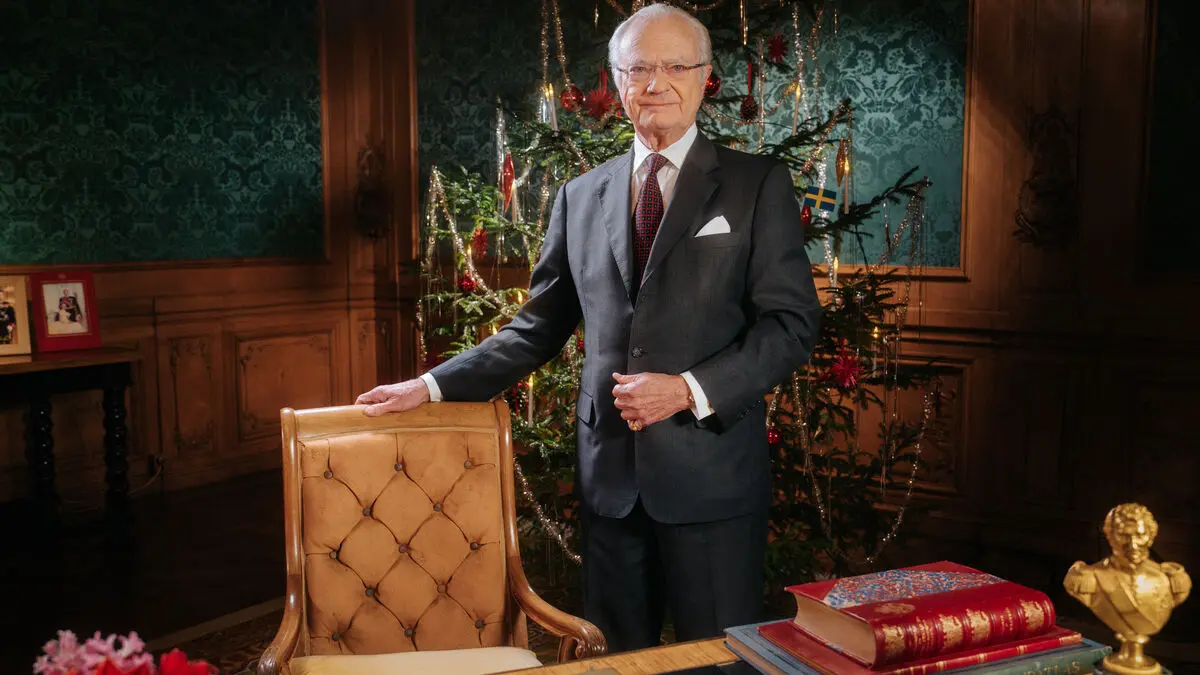On December 2, the UN Convention to Combat Desertification launched its major COP meeting in the Saudi capital.
What is being discussed?
On the agenda are issues related to combating drought and land degradation – when the earth deteriorates to the point where plants can no longer live there. 40 percent of the earth's land area is classified as degraded or destroyed, and drought has increased by 29 percent since 2000, according to the UN Convention to Combat Desertification, UNCCD.
It has become more interesting and prominent this year, says Martina Fleckenstein at the World Wildlife Fund WWF, about the meeting.
What do the problems look like?
In China, they have been trying to reduce desertification for decades, where a quarter of the land area has been at risk. Natural weather phenomena, climate change, and human overexploitation of land have contributed to the problems. When vegetation has disappeared, sand dunes have been exposed, which in turn have blown in and destroyed arable land, and sediment has also flowed into the Yellow River.
What can be done about the problems?
China has fought desertification – with mixed results, says Lindsay Stringer, professor at the University of York.
They have planted masses of trees and stopped cultivating the land in hilly terrain. It has had an enormously desirable effect on soil erosion.
Other measures can be to collect rainwater to reduce vulnerability to drought, mix small-scale farming with trees that can provide shade and, for example, nuts, and bind nutrients in the soil. Cultivating in terraces can also counteract erosion.
What challenges exist?
Money! Often, the effects are greatest in poor countries that cannot afford to implement the measures. It is also difficult to coordinate efforts and ensure that local populations are involved. In China, farmers received subsidies when their arable land became tree plantations.
But the subsidies have not kept pace with inflation, so people are poorer now and can no longer use their land to grow crops. So people may cut down the trees again to cultivate if they cannot afford to live, says Stringer.
In the China example, there are also problems with the trees that have been planted.
They are not necessarily the best for biological diversity – often they are not indigenous. So it's about the right trees in the right place at the right time, she says.
How will Saudi Arabia act?
Saudi Arabia was one of the major brakes on the UN climate meeting in Baku. Now, the country is hosting and has built a new conference facility and sponsored participants from poor countries.
I hope they will not slow down discussions on issues such as water management and resistance to drought, says Fleckenstein.
What can the desert-COP lead to?
Several stakeholders hope, first and foremost, for greater attention to the land issue and a clearer link to climate and biodiversity goals. The climate meeting has its 1.5-degree target, and the biodiversity meeting has its goal of protecting 30 percent of water and sea. WWF would like to see a similar clear target in the land issue.
We expect ambitious initiatives to restore 1.5 billion hectares (destroyed land) by 2030, says Fleckenstein.
Gustav Sjöholm/TT
Facts: Three different COPs
TT
The UN's three COP meetings originated at the Rio Conference in 1992, where countries met to discuss the planet's challenges.
This resulted in three agreements, conventions, to combat climate change, the depletion of biological diversity, and desertification.
COP stands for "Conference of the Parties" and refers to the parties to the conventions. The climate meeting is held every year, while the other two usually take place every other year.
The climate meeting and the biodiversity meeting were held earlier this fall in Azerbaijani Baku and Colombian Cali, respectively, and the "desert-COP" is taking place from December 2–13 in Saudi Riyadh.
The UN Convention to Combat Desertification (UNCCD) was established in 1994.
197 countries and the EU are members, and meet normally every other year. This year's meeting, COP16, is taking place in Riyadh. High-ranking officials from 100 countries are participating, as well as UN leaders and some heads of state.
Sweden is participating through its embassy in Riyadh and is represented at the meeting by the EU.





